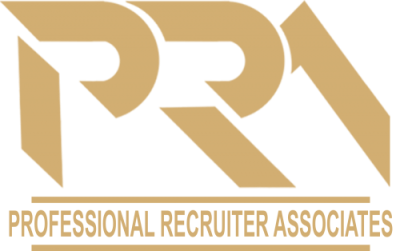4 Strategies for Overcoming Distraction
Article Link: https://hbr.org/2018/08/4-strategies-for-overcoming-distraction
By: Chris Bailey
In the flurry of statistics that exist around personal productivity, there’s one I find especially alarming: The average person is distracted or interrupted every 40 seconds when working in front of their computer. In other words, we can’t work for even a single minute before we focus on something else. Sure, sometimes it’s easy to get back on track. But when our attention is completely derailed, research shows, it can take more than 20 minutes to refocus.
Why? Humans are hardwired for distraction. Our brain’s attentional system is programmed to respond to anything that’s pleasurable, threatening, or novel. We even have a novelty bias, wherein our brain is flooded with a pleasure chemical, dopamine, whenever we focus on something new.
In terms of our evolutionary history, this makes sense. Instead of focusing exclusively on, say, starting a fire, our ancient ancestors were distracted by novel threats — an approaching saber-toothed tiger, for example — and survived to see another day because of it.
While your situation may vary, I personally no longer face too many saber-toothed tigers in my daily life. The distractions that are novel, pleasurable, and threatening no longer aid our survival — instead, they tug our attention from what’s productive and meaningful. Facebook will forever be a more attractive object of attention than an Excel spreadsheet; checking email will always offer a bigger dopamine hit than the report we’re writing.
So how can you gain back control? After reading hundreds of studies, interviewing dozens of experts, and running the gamut of self-experiments (including attending meditation retreats and slogging through a monthlong period of self-induced boredom), I learned that countless strategies can help us mitigate distraction. Here are four of my favorites.
Create a distraction-free ritual. With so many distractions competing for our attention, we need to tame as many as we can in advance. A distraction-free mode — an ideal environment in which to hunker down and focus on your most important, complex tasks — will help. For my distraction-free mode, I enable a distractions blocker on my computer (I use an app named Freedom), put on noise-canceling headphones, leave my phone and tablet in another room, grab a coffee, and set an intention for what I want to accomplish. After focusing for 45 minutes, I treat myself to a 10-minute all-you-can-eat distraction buffet.
I tend to work from home; those who work in an open office may need to literally get up for a change of scenery for their distraction-free mode. After all, distractions happen 64% more often in an open office, and we’re interrupted by others more often in that environment as well.
Set three daily intentions. When you work with greater intent, you focus on what’s actually important. To accomplish this, I have a favorite ritual called the Rule of Three. First thing in the morning, ask yourself: What three things will I want to accomplish by day’s end? Put your other, less important tasks on a separate to-do list. Part of what makes this rule so powerful is that three things fit comfortably within our attention at once, and prioritizing them ensures that these tasks stand out from a laundry list of other, less important things.
For example, today I set three intentions: finish a draft of this article, have fun in two media interviews that have been scheduled, and finalize a slide deck for a talk next week. I’ll tackle other things over the course of the day, but these are easily the three most important ones I’ll focus on.
Work on hard stuff, and do more of it. Our work tends to expand to fill the time we have available for its completion, and any excess time remaining is usually filled with distractions. In productivity circles, this phenomenon is known as Parkinson’s law. Sometimes distractions come from internal and external factors, but other times they happen because we’re not being challenged enough by our work. Assess your busywork level. If it’s high, that’s usually a sign that you have the capacity to take on more-challenging projects, and perhaps even more work in general.
I noticed this phenomenon firsthand when I began to do significantly more busywork after submitting my previous book manuscript; I tended to social media, email, and mindless apps on my smartphone way more often than usual. That’s when I realized that my work was simply expanding to fit how much time I had available for it. At this point, I took on more-challenging work and more projects in general. The distraction was a sign I had room for it.
Set an artificial project deadline. It’s up to you to introduce a novel and threatening factor to long-term projects lacking urgency. Have an entire afternoon to write a monotonous report? Give yourself 50 minutes. Making a task into a game forces you to spend more attention and energy on that project because it can no longer occupy hours of your time.
I personally do this for most articles I write. Instead of giving myself an entire afternoon to write this piece, for example, I set a timer and gave myself 60 minutes. Because I gave myself such a limited amount of time, I trapped myself into focusing on it — instead of focusing on the more pleasurable, threatening, and novel distractions that are available to me.
We can’t help that our minds crave distraction. But what we can do is set ourselves up for success by adopting strategies to block distractions ahead of time, work with greater intention, and reclaim our attention, once and for all.

Professional Recruiter Associates